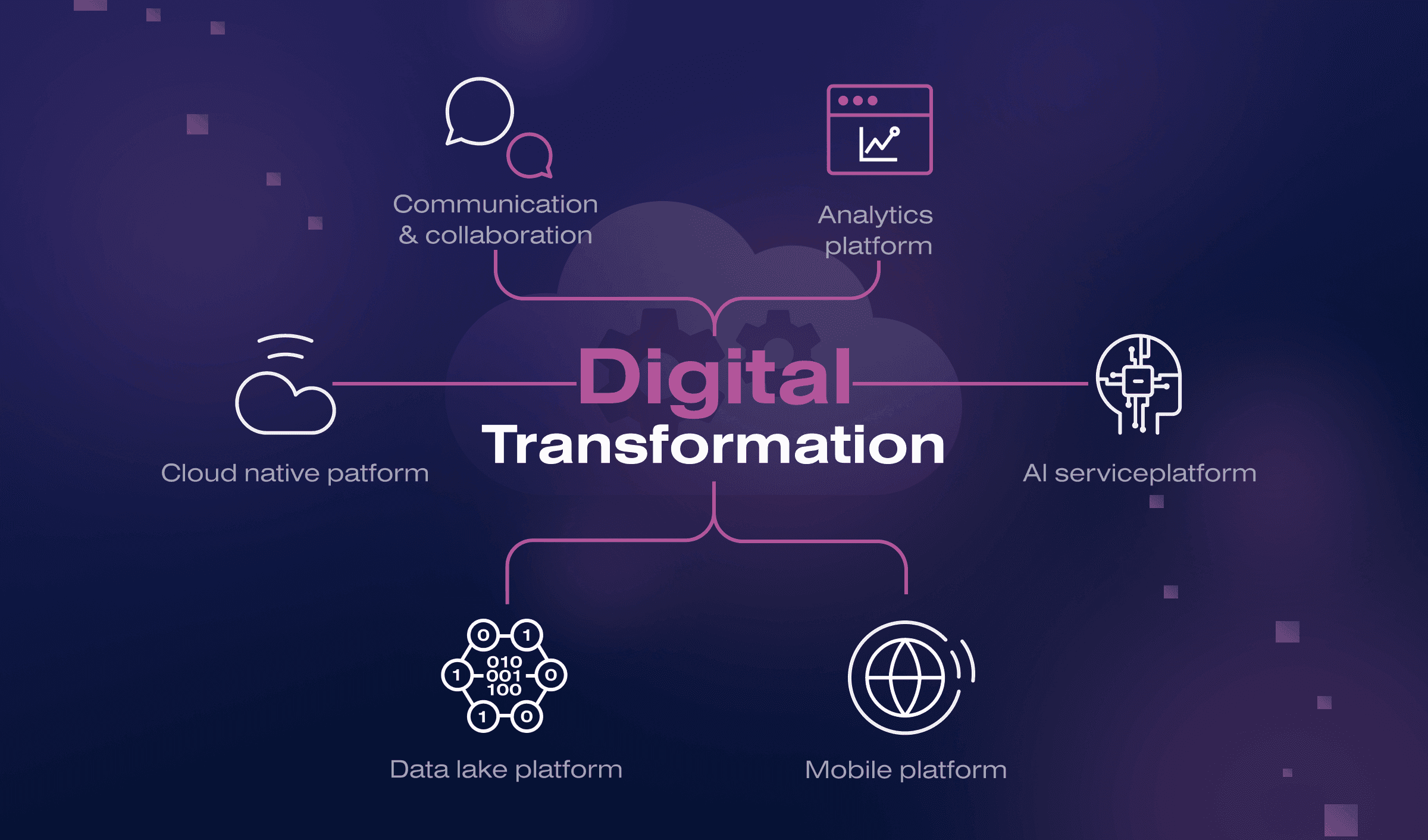Mastering the Art of Digital Transformation for Business Growth

Mastering the Art of Digital Transformation for Business Growth
Hey there, tech enthusiasts, developers, and business leaders! Let’s dive into the realm of digital transformation—a concept that’s key for sustainable growth but often gets buried in buzzwords. Whether you're in development, recruitment, or management, this guide is for you. And, yes, I’m a software engineer who occasionally lets caffeine do the coding.
What Exactly is Digital Transformation?
Digital transformation isn't just about “upgrading tech”—it’s about reshaping your entire approach to business through technology. The goal? Streamline operations, foster innovation, and drive customer satisfaction. Imagine a seamless workflow where data-driven decisions are the norm, not the exception.
Why Digital Transformation Matters to Developers
- Enhanced Project Management: Digital transformation tools automate redundant tasks, allowing developers to focus on the real deal—coding solutions that matter.
- Improved Customer Insights: For the data-driven developer, transformation brings rich insights directly to your tools, letting you create highly customized solutions.
- More Resilient Infrastructure: Cloud-based and AI-integrated systems mean less downtime and more scalable solutions. It’s a win-win!
How Companies Benefit from a Transformation Strategy
- Operational Efficiency: Companies with integrated systems can cut manual processes significantly, making teams faster and more effective.
- Data-Driven Decisions: Digital transformation means access to real-time analytics—think Power BI and other tools that let you see trends before they become history.
- Scalability and Flexibility: Growing? No problem. Cloud solutions and AI-backed infrastructures allow for scaling without needing to start from scratch.
Getting Started: Tips for Teams
- Choose Your Tools Wisely: Pick tools that suit your company’s size and scale, whether that's custom-built solutions or robust market tools.
- Foster a Culture of Innovation: Encourage teams to explore, prototype, and implement innovative solutions. This isn’t about finding the “perfect” tool—it’s about building adaptability.
- Invest in Security: With great data comes great responsibility. Protecting customer data isn’t just a legal requirement; it builds trust.
Common Pitfalls to Avoid
- Skipping Training: Digital transformation tools are powerful, but only if your team knows how to use them.
- Ignoring the Data: If you’re collecting data, leverage it! Use those insights to improve, not just for reports.
- Lacking an Integration Plan: Ensure that all systems work together. Mismatched tools can lead to more problems than solutions.
Conclusion: Time to Transform
Digital transformation isn’t a one-and-done—it’s a journey. With the right mindset and tools, it enables sustainable growth and a more agile team. Developers and companies who embrace transformation see better results and happier clients. Now, grab your favorite coffee (or tea), dive into those integration possibilities, and let’s build something transformative!
References
- Westerman, G., Bonnet, D., & McAfee, A. (2014). Leading Digital: Turning Technology into Business Transformation. Harvard Business Review Press.
- Deloitte Insights. (2023). The Journey to Digital Maturity. Retrieved from https://www2.deloitte.com.
- McKinsey & Company. (2022). Unlocking Success in Digital Transformations. Retrieved from https://www.mckinsey.com.
- IDC. (2023). Worldwide Digital Transformation Spending Guide. International Data Corporation. Retrieved from https://www.idc.com.
- Harvard Business Review. (2022). Digital Transformation Strategy for Business Leaders. Retrieved from https://hbr.org.